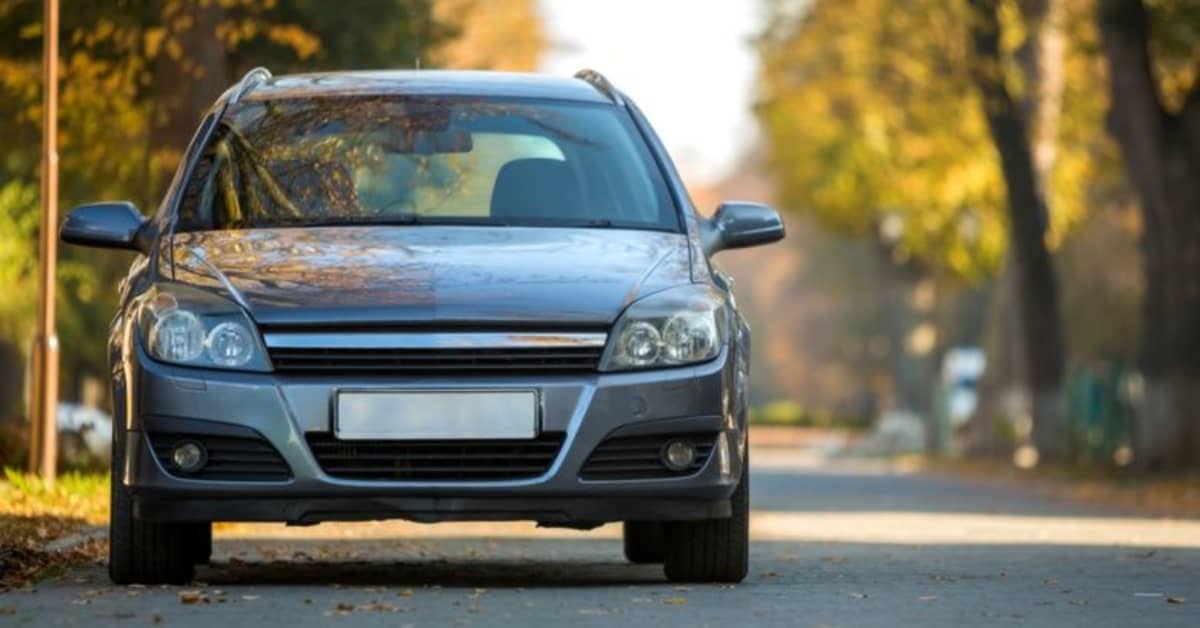What you need to know about Car Insurance for Low Mileage
- Insurance Companies may require your annual odometer reading verification
- Insurance by the mile bills you monthly insurance payments based on your used mileage
- It is possible also to receive car insurance discounts without asking from insurance https://a588g.com/ that bundle up insurance policies with a specific insurer.
- The discounts are awarded to loyal customers or accident-free and low mileage drivers over a period.
- Drivers on an average 5,000 miles annual range may alert an insurance company so as to receive a low-mileage discount.
Do you own a car that barely leaves the garage on most days? Most insurance companies offer a conventional low-mileage discount to drivers who maintain annual mileage under a particular brink, such as 6,000 miles a year. In most states, the discount reduces the insurance rates on a full coverage policy by 2 percent. The premium savings are bigger in California.
Insurance Companies may require your annual odometer reading verification. Some may ask you fill a form to countercheck your estimate against readings taken from other sources. Others use agents to take a photo of the reading.
There are ways to get a low-mileage discount that will give you cheaper car insurance coverage.
1. Pay-as-you-Drive
Pay-as-you-drive vehicles such as In-Drive, install telematics gadgets to monitor your vehicle, offer larger discounts for less frequent drivers and careful drivers as well. Precautious drivers on low mileages can save up to 25 percent or more. Most of the pay-as-you-drive plans give a discount of 5-%10 upon enrolling, they later use gathered data to award a discount at your renewal period. Attach a telematics gadget into the car’s onboard port (OBDII) to get a discount. Nearly all cars from 1996 onwards have an inbuilt OBDII port.
2. Pay per Mile Car Insurance
Insurance by the mile bills you monthly insurance payments based on your used mileage. This mode of payments saves you an estimated 45% in savings for careful drivers doing less than 5,000 miles a year. The device tracks the distance traveled, which is used to set your mileage rates.
This way, you are guaranteed low mileage on types of car insurance under each plan; instead of cutting coverage to save money, it limits the risk faced by insurance companies when you hit the road.
Customers are charged a standard monthly rate based on individual rating factors: age, driving record, location, type of car, credit and insurance history in some states. Every month, the driver pays the flat rate plus a mile fee charged on the miles recorded through the mileage device.
3. How to Qualify for Low Mileage Car Insurance Discount
It is easy to be eligible for many auto insurance discounts, and many insurance companies offer these discounts, but you have to ask. A Princeton Survey study found that 16% of motorists have car insurance standard discounts.
It is possible also to receive automatic car insurance discounts from insurance companies that bundle up insurance coverage with a specific insurer. The discounts are awarded to loyal customers or accident-free and low mileage drivers over a given period.
However, you may request for discounts such as:
- a short travel discount or no commute
- Paying your coverage renewal check in advance
- Having an academic degree/s
- Police officers or teachers
Common Low Mileage Discounts
Many people are not aware of car insurance discounts such as Low-Mileage premium discount: This is for individuals who reduced their driving mileage by either working from home or park their vehicles because they no longer need to drive. A mileage research from Quadrant Services found that driving an average 6,000 miles annually, pays nearly of 7.5 % less than driving 16,000 miles annually. 16,000 miles is, in fact, more than regular Americans drive yearly, based on the U.S Department of Transportation.
- Huge Mileage Savings in Selected States
- The disparity on low mileage drivers is bigger in selected states, California tops the list.
The top five states where drivers save under 5,000 miles annually are:
- California – 17 %
- Washington D C – 11.1 %
- Alaska 11%
- Alabama- 10 %
- Hawaii – 10 %
However, some states have little or no effect on insurance coverage rates on reduced mileage. The states where little driving distance hardly moves a dime include:
- North Carolina -0
- Utah -1 %
- Texas -3 %
- Connecticut – 3 %
- Rhode Island-3%
Vice president of, Loretta Worters, says insurance companies hike premiums for high mileage drivers because they are a risk. High mileage drivers are more likely to cause accidents than the low mileage drivers. California, for example, has insurers charging higher premiums because the State has many drivers on the road.
The role of insurance state laws passed in 1988 limits the factors California motor insurers use when determining rates for the following:
- Mileage driven
- Safety driving record
- Driving experience
Insurers can set minimum rates based on these three main factors. This law magnifies the impact of driving mileage.
Insurance expert/consultant – Douglas Heller says asking for higher premium rates from high mileage drivers is fair to charge insurance policy holders. He adds on that basing rates on mileage is far better than another criterion like an education level and income.

